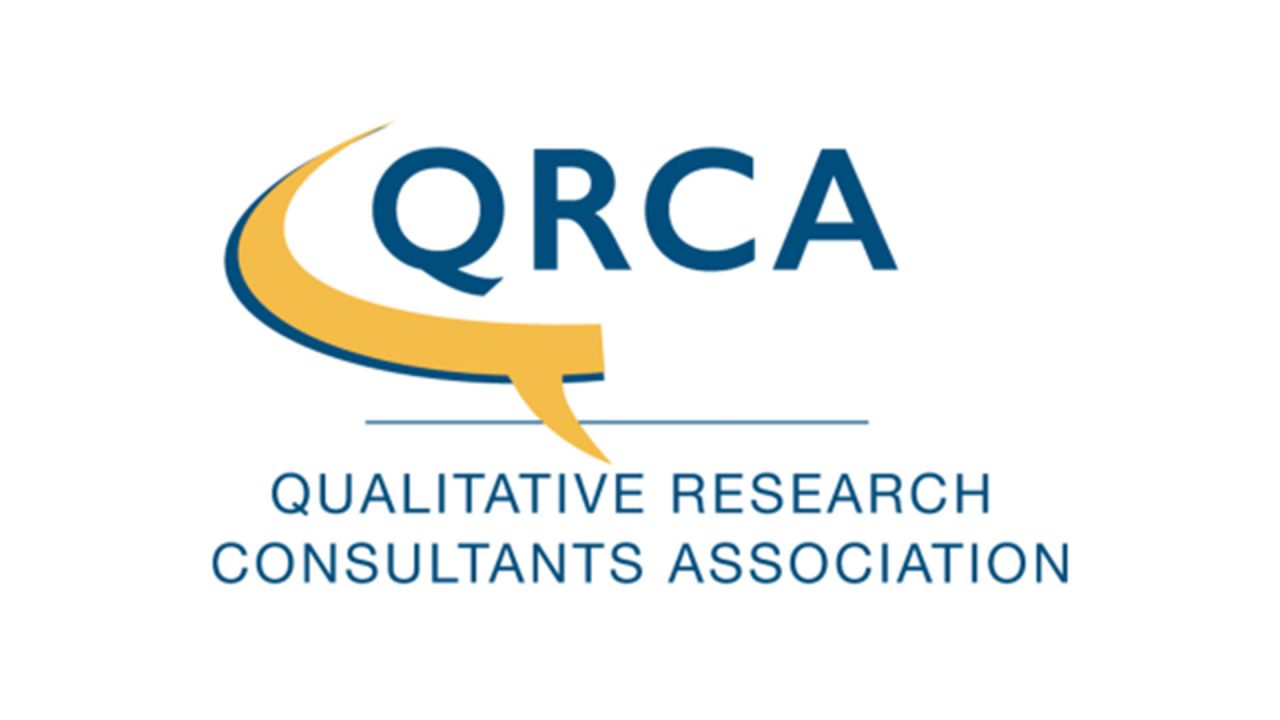
Upon receiving the news that I was one of 15 people to receive a Young Professionals’ Grant from the QRCA to attend their annual conference ‘Elevate & Cultivate’ I was immediately excited – because I never win anything!
However, the qualitative researcher inside me began to ask questions:
• How should I prepare for Elevate & Cultivate?
• What would the conference involve?
• How would I avoid awkward networking situations?
• What would I learn?
preparing for elevate & cultivate
Every first-timer gets paired with a seasoned conference goer who helps prepare for the conference. I quickly received an email introducing me to my ‘ambassador’, Kate Wagenlander Watson. She sent me lots of tips, answered all my questions, and even met me at 8am on the first day of the conference. Kate was genuinely invested in making sure I had a good time.
the conference
The conference contained the perfect balance of big-thinking seminars, participatory round-table discussions, and practical frameworks with highly applicable tips. The biggest surprise I had was how collaborative everyone was. Despite theoretically being competitors, everyone was forthcoming in offering advice and best practices.
avoiding awkward networking
Everyone at the conference was welcoming and several social events also helped me meet others. A ‘speed dating’ session for all 55 First Timers and their ambassadors was a great way to connect with people quickly. The YP SIG sponsored dinner attracted 30+ young researchers, resulting in fun times with great people. I left Phoenix with new friends, and renewed excitement about research.
the learnings
The conference gave me a lot of inspiring thoughts and practical tips that I could apply right away.
Here are six key things that stood out to me from Elevate & Cultivate:
1. recruit via social media
Recruiting high quality research participants is becoming harder due to overly targeted criteria and professional participants. Tony Gentes of The Palmerston Group demonstrated the value of using social media outlets like Instagram, Meetup.com and Tinder. Using these outlets, recruitment is based on behavioural data and participants are less saturated with research.
2. triangulate insight streams
Our research doesn’t exist in a vacuum, and our clients are inundated with information. Tamara Kenworthy of On Point Strategies showed the value of using secondary and quant data to complement qual in designing buyer personas. The Qually Award finalists also included expert insight in their proposals to complement consumer findings. By looking beyond our own primary research, we gain a holistic view, and can thus provide more strategic and nuanced insight.
3. leverage behavioural economics frameworks
A well-planned methodology is critical but insights can fall flat without the right questions. Lauren McCrae of Lux Insights shared a case study on using the COM-B framework to generate hypotheses and research questions. Behavioural Economic approaches can even be used in client workshops and ideation sessions. These frameworks offer great value in unpacking the sub-conscious drivers of behaviour and can help us understand the barriers
4. lose yourself in moderation
We hear from people how ‘easy’ moderation seems, but anyone who’s in the job knows better. Naomi Henderson of Riva, engaged us in a highly relatable keynote speech on this topic, revisiting fundamentals and sharing encouraging (and hilarious) anecdotes. The power of system 1 thinking was another hot topic, and there were many sessions on projective methods offering case studies on activities like personification, deprivation and visual sorting exercises.
5. create experiences not projects
In our overly-stimulated, attention-starved society, we are researchers and entertainers. The Qually Award winners Lauren McCrae and Nicoel Aleong of Lux Insights stood out by injecting videos and personality into their pitch. Daniel Berkal of The Palmerston Group inspired us to look beyond our industry for inspiration to elevate our research. For example, could we emulate the high-energy fun experienced at amusement parks? Crafting research people want to be part of allows participants to open up, researchers to gain richer insight, and clients to be more engaged in the research.
6. socialising insight & delivering compelling results
Clients are time-strapped and attention poor. Therefore, our research needs to work hard to find longevity. Jennifer Spainhour and Martha Gordon led a heavily attended session on analysis and report writing hacks full of practical tips. In his masterclass, Berkal advised on the importance of keeping output top-of-mind throughout research design to ensure you deliver compelling insights. As a socialising tool, video cannot be under-estimated – it’s quick, visual and immersive which drives results more deeply into our clients’ minds.
By Amye Parker, Senior Research Manager
if you would like further information, please get in touch via:
aparker@northstarpresents-volvo.com




